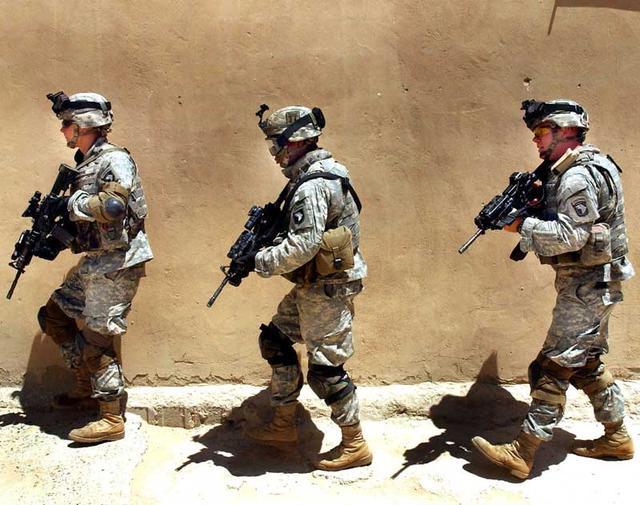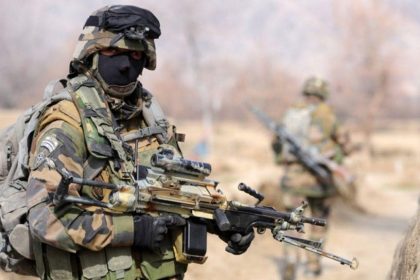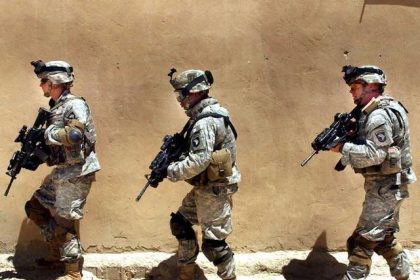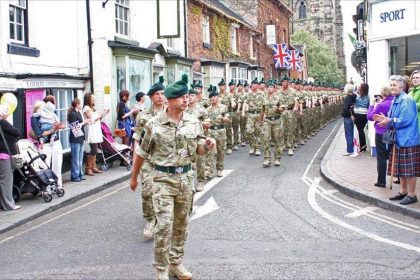Saturday, 31 May 2025
Exclusive insights, data, and analysis for financial market experts.
Search
Have an existing account? Sign In
© 2022 Foxiz News Network. Ruby Design Company. All Rights Reserved.
The backbone of the conventional military: The role and importance of Tier 3 units
It is well-established knowledge regarding Tier 1 and Tier 2 special forces, but what constitutes Tier 3? The United States has exhibited a strong interest in U.S. Navy SEALs and…
Impressive Mobile First Website Builder
Ready for Core Web Vitals, Support for Elementor, With 1000+ Options Allows to Create Any Imaginable Website. It is the Perfect Choice for Professional Publishers.










